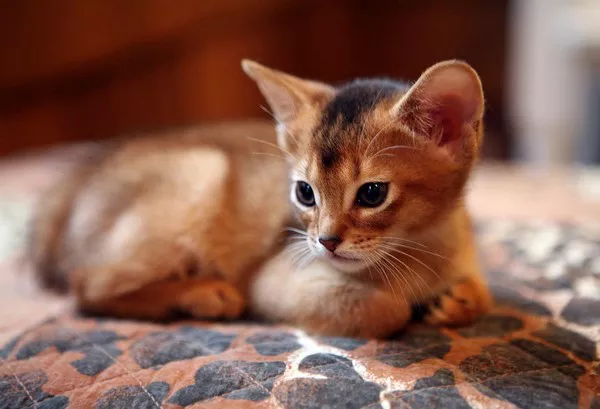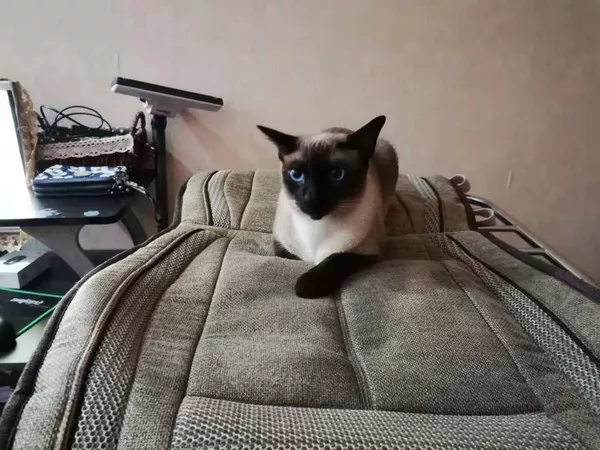The world of feline companionship is a captivating one, filled with unique behaviors, personalities, and lifespans. As cat owners, understanding the aging process of our beloved pets is essential for providing appropriate care and companionship. One common concept that often arises is “cat years.” But what exactly are cat years, and how do they relate to human years? In this article, we’ll delve into the intriguing world of cat years, exploring the conversion of cat years to human years, the factors influencing aging, and ways to ensure a healthy and fulfilling life for your feline friend.
The Notion of Cat Years
1. Cat Years vs. Human Years
The concept of cat years attempts to express a cat’s age in terms of the equivalent human age. It is based on the idea that cats age more quickly in their early years but experience a slower aging rate as they grow older.
2. Varying Conversions
The conversion of cat years to human years is not a straightforward calculation. Different sources offer varying conversions, but a common rule of thumb is that the first two years of a cat’s life roughly equate to 24 human years, with each additional year being around 4 human years.
Early Life and Rapid Development
1. Kittenhood
During the first year of a cat’s life, they undergo significant growth and development. The first few months are equivalent to rapid childhood growth in humans, and kittens reach sexual maturity by around 6-9 months.
2. Playful Behavior
Kittens are known for their playful and curious behavior, which is an essential part of their learning process. This behavior helps them develop their physical and cognitive skills.
Adulthood and Aging
1. Adulthood Milestones
After the first year, cats enter adulthood. Depending on the breed, cats generally reach full physical and sexual maturity between 1-2 years. They are considered to be equivalent to young adults in human terms.
2. Slower Aging Rate
As cats move into adulthood, their aging rate slows down. While a 2-year-old cat might be around 24 human years, subsequent years may only add about 4 human years each.
Senior Years and Beyond
1. Transition to Seniors
Around the age of 7-10 years, cats are considered seniors. Their activity levels may decrease, and they might develop age-related health conditions, similar to humans entering their senior years.
2. Senior Cat Care
Senior cats require specialized care, including regular veterinary check-ups, a balanced diet, and accommodations for any age-related changes in mobility or health.
Factors Influencing Aging
1. Breed Variations
Different cat breeds have varying lifespans and rates of aging. Some breeds are known for their longevity, while others may experience age-related issues earlier.
2. Lifestyle and Diet
A cat’s lifestyle and diet can significantly impact their aging process. Providing a balanced and nutritious diet, regular exercise, and mental stimulation can contribute to a longer and healthier life.
3. Genetics
Genetics play a role in a cat’s aging process and potential health conditions. Understanding your cat’s breed and potential genetic predispositions can help you anticipate and address health concerns.
Promoting Longevity and Well-Being
1. Regular Veterinary Care
Routine veterinary check-ups are crucial for monitoring your cat’s health, catching potential issues early, and ensuring they receive necessary vaccinations and preventive care.
2. Enrichment and Stimulation
Providing a stimulating environment with interactive toys, scratching posts, and opportunities for mental engagement can contribute to your cat’s overall well-being and happiness.
3. Quality Nutrition
A balanced and appropriate diet tailored to your cat’s age, breed, and health needs is essential for supporting their longevity and vitality.
Conclusion
In conclusion, cat years serve as a means to understand the aging process of our feline companions and provide appropriate care throughout their lives. While the conversion from cat years to human years may vary, the underlying principle remains consistent: cats age more rapidly in their early years and experience a slower aging rate as they mature. Understanding the stages of kittenhood, adulthood, and senior years, as well as the factors influencing aging, empowers cat owners to make informed decisions for their pets’ well-being. By promoting a healthy lifestyle, providing attentive care, and embracing the unique journey of cat years, you can ensure a long, fulfilling, and joyful life for your cherished feline friend.

























